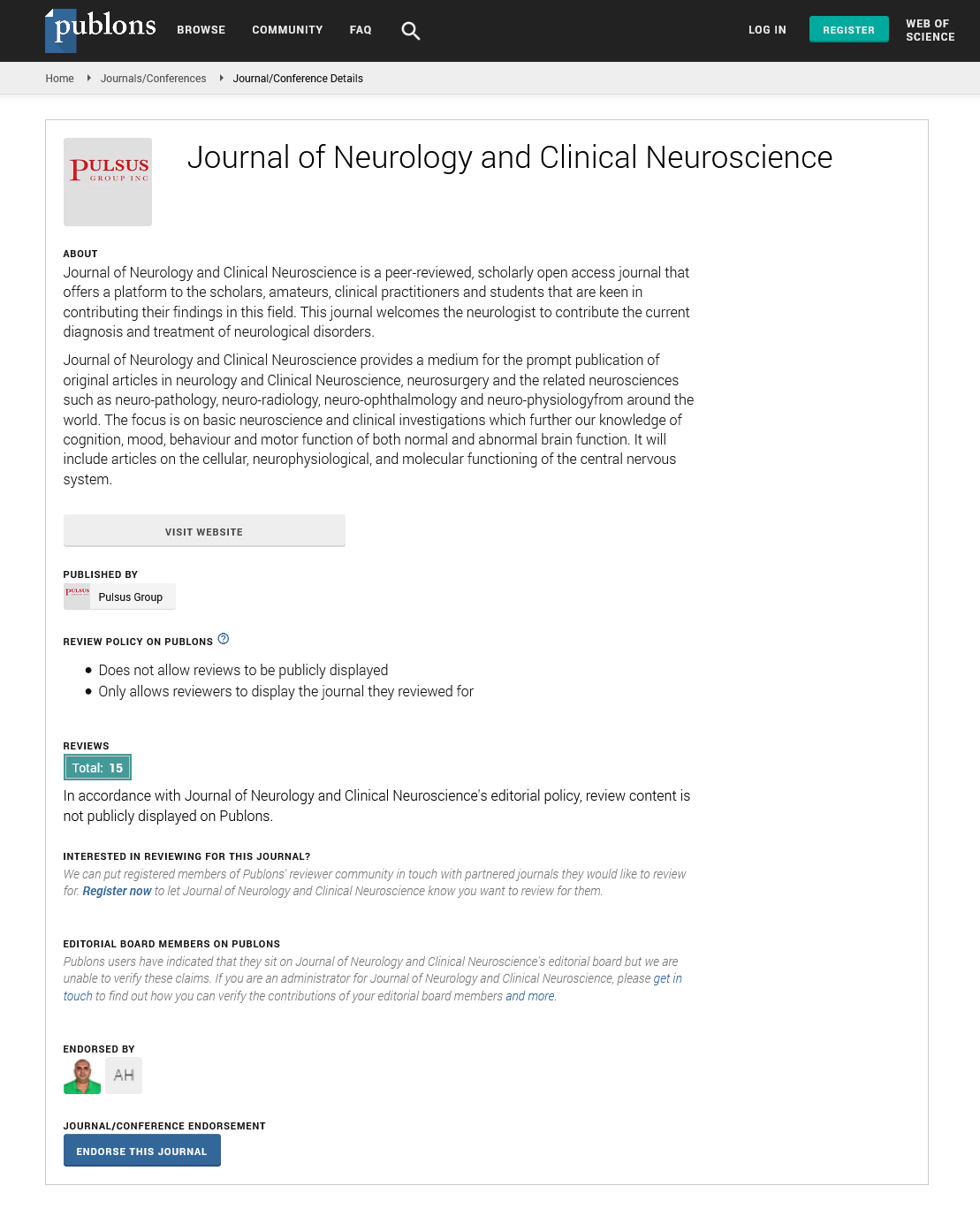A Dive into Nervous System
Received: 01-Mar-2021 Accepted Date: Mar 15, 2021; Published: 22-Mar-2021
Citation: Ali A. A Dive into Nervous System. J Neurol Clin Neurosci. 2021;5(1):6
This open-access article is distributed under the terms of the Creative Commons Attribution Non-Commercial License (CC BY-NC) (http://creativecommons.org/licenses/by-nc/4.0/), which permits reuse, distribution and reproduction of the article, provided that the original work is properly cited and the reuse is restricted to noncommercial purposes. For commercial reuse, contact reprints@pulsus.com
Keywords
Nervous system; Placozoans; Neurons
About the Study
Nervous systems are basically found in almost all animals. Sponges and Microscopic blob like organisms are the only multicellular animals that have no nervous system at all called placozoans and mesozoans. The nervous systems of ctenophores and cnidarians consist of a diffuse nerve net. All other types of animals and a few types of worms have a nervous system containing a brain, a central cord, and nerves diffusing from the brain and central cord.
Initially the function of the nervous system is to control movement of the organism and to affect the environment. This is attained by sending signals from one cell to other, or from one part of the body to other. The output from the nervous system derives signals to muscle cells, causing muscles to be activated. The input to the nervous system is given from sensory cells of various types. Internally, the nervous system contains connections between nerve cells which allow them to generate patterns of activity. The nervous system is also capable of storing information over time, by dynamically modifying the strength of connections between neurons, as well as other mechanisms.
The nervous system derived its name from cylindrical bundles of fibres that emerge from the brain and central cord. Nerves are large enough to recognize by the ancient Egyptians, Greeks, and Romans, but their internal structure was not understood until it is examined using a microscope. The neurons that give rise to nerves do not generally lie within the nerves themselves — their cell bodies reside within the brain, central cord, or peripheral ganglia.
All animals have nervous systems. However even unicellular and non- unicellular animals such as slime moulds have mechanisms that are antecedent to those of neurons. In radially animals such as the jellyfish and hydra, the nervous system consists of a network of isolated cells. In bilateral animals, the nervous system has a common structure that originated early in the Cambrian period, over 500 million years ago.
Conclusion
The conclusive function of the nervous system is to control the body in any environment. In humans, the smoothness of the nervous system makes it possible to have representation of concepts. Initially the nervous system will send signals from one cell to another or from one part of the body to other.
There are numerous ways that a cell can send signals to other cells. One of the ways is by releasing chemicals called hormones into the internal circulation.





